The data halls housing Singapore's fastest supercomputers
Two adjacent data halls, two different cooling approaches. And a PUE of below 1.18 in tropical conditions.

Today, I finally visited the National Supercomputing Centre (NSCC), which hosts Singapore's fastest supercomputer. Here's what I saw.
The Aspire 2A and Aspire 2A+ supercomputers are housed in adjacent data halls on level 2 of the Innovation 4.0 building at NUS. Both are engineered for tropical climates.
Aspire 2A+ (Area B)
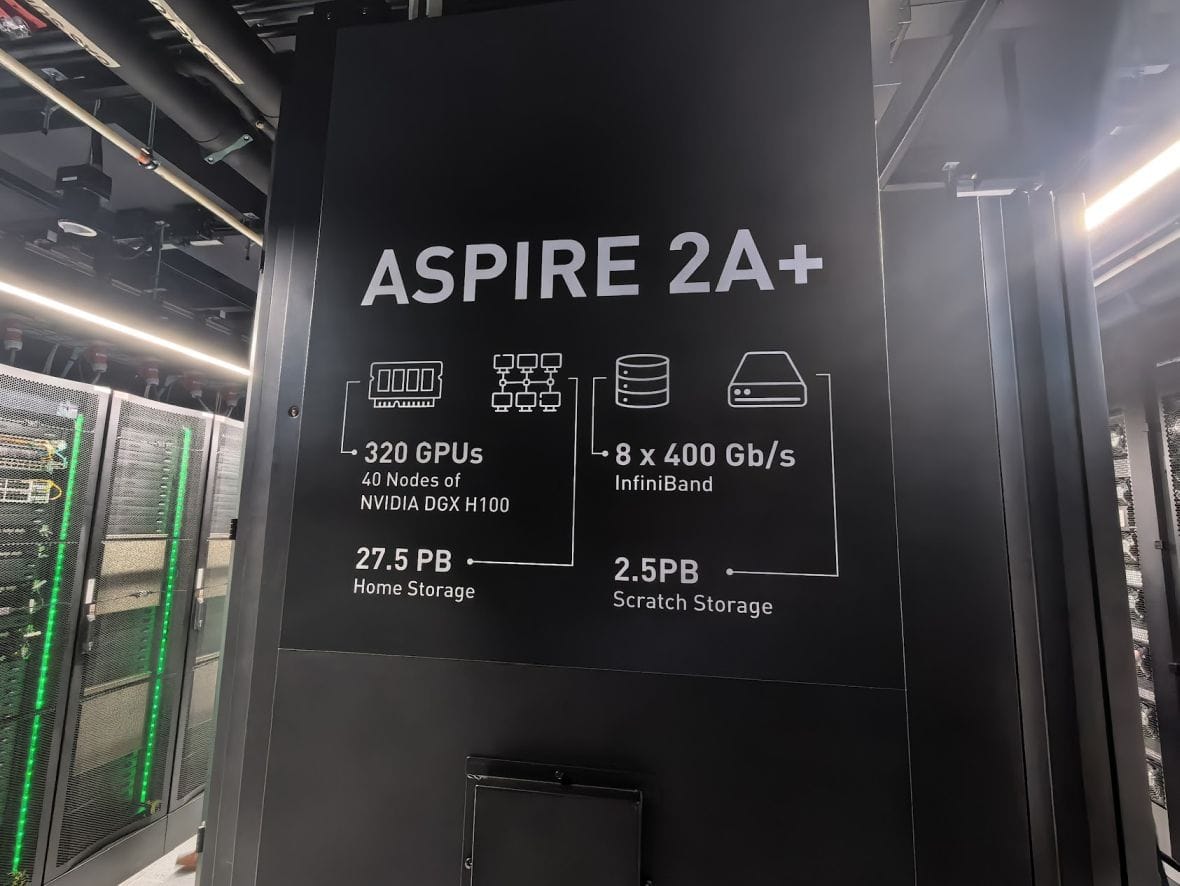
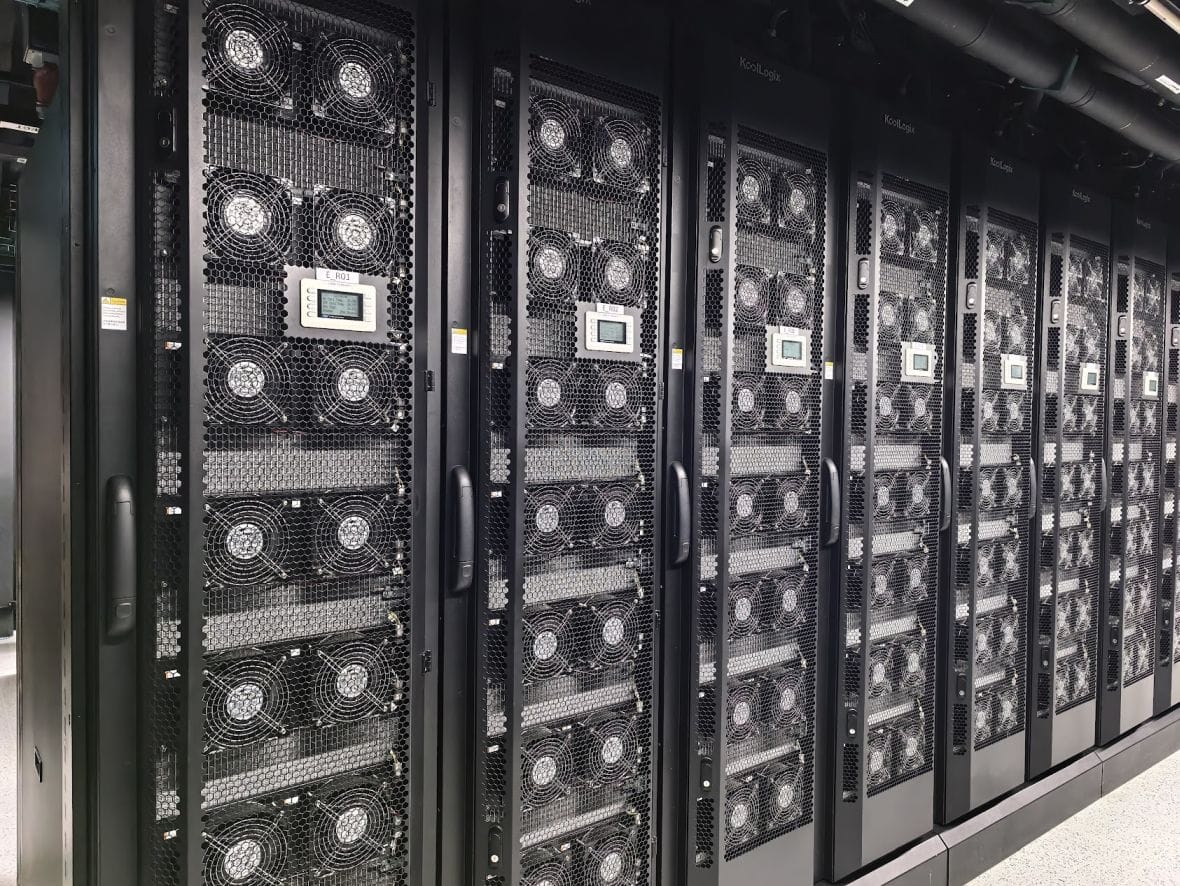
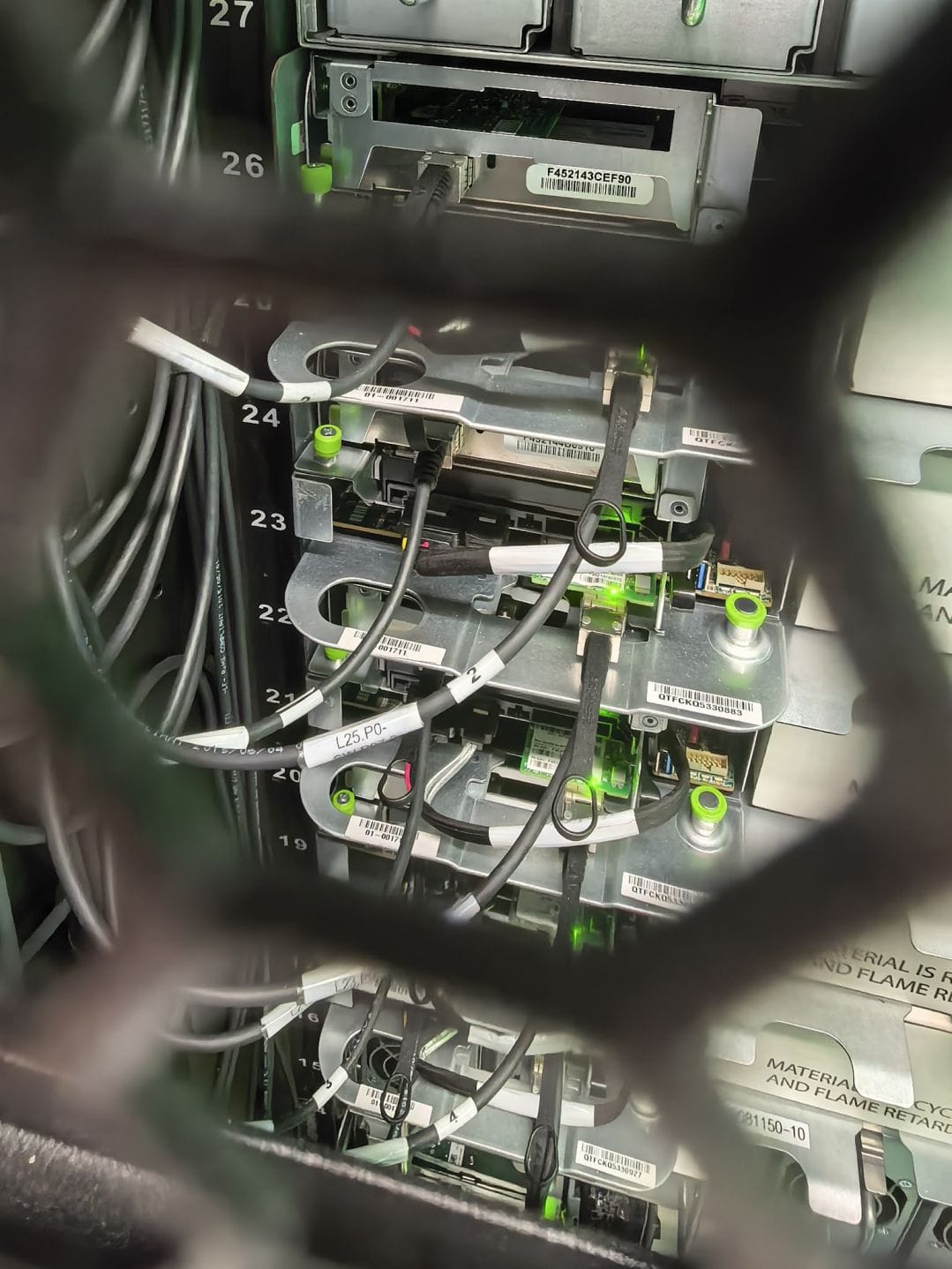
Photo Captions: (Middle) KoolLogix active rear door heat exchangers in action. (Right) Zooming in through the front grills of a rack.
Launched in 2024, the Aspire 2A+ features 320 Nvidia H100 GPUs (DGX H100). It features active rear door heat exchangers (RDHx) from KoolLogix, which use two-phase cooling.
The KoolLogix solution is a crucial component in keeping the Aspire 2A+ cool. The entire room is maintained at 26°C solely by this system, which, unlike traditional single-phase RDHx, doesn't use water in the rack cooling loop.
So, no risk of destructive water leaks in this data hall. I'll talk more about the fascinating made-in-Singapore KoolLogix RDHx in a future post.
Aspire 2A (Area A)
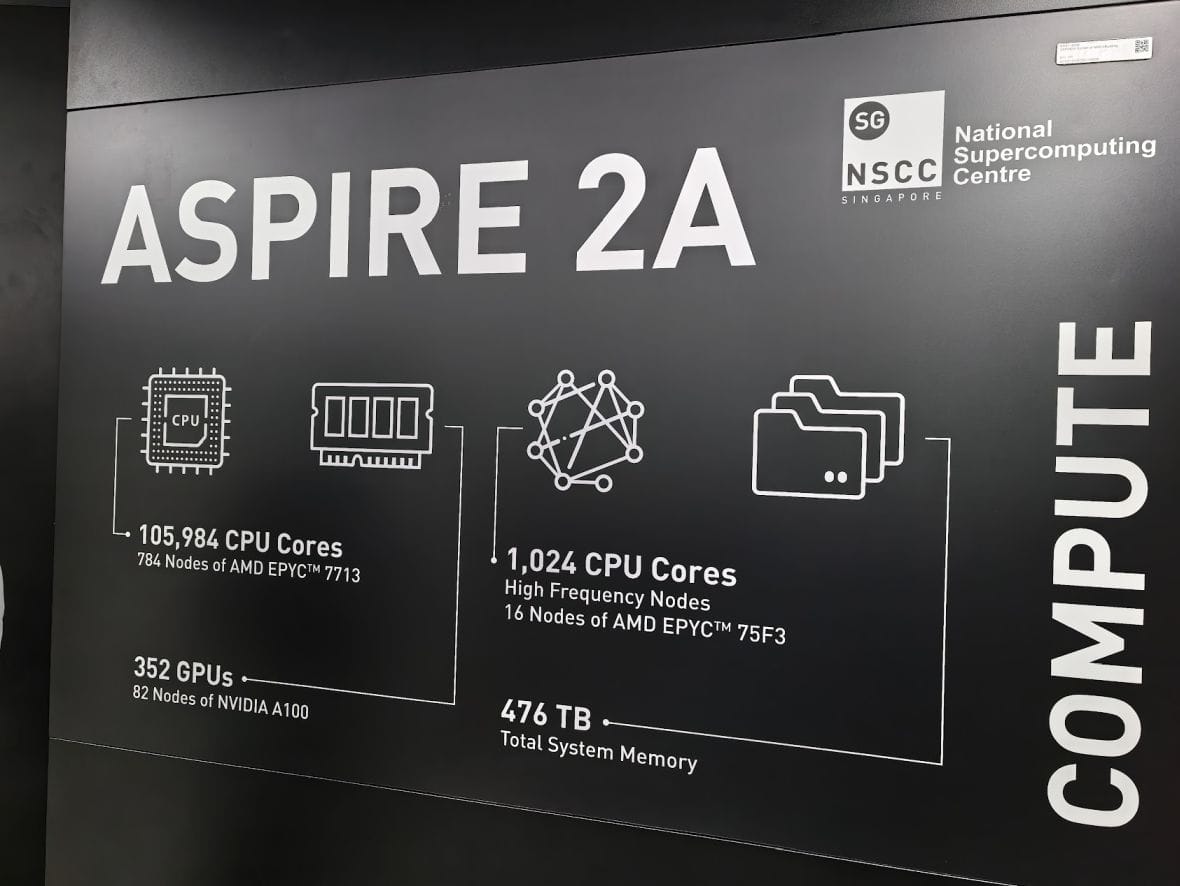
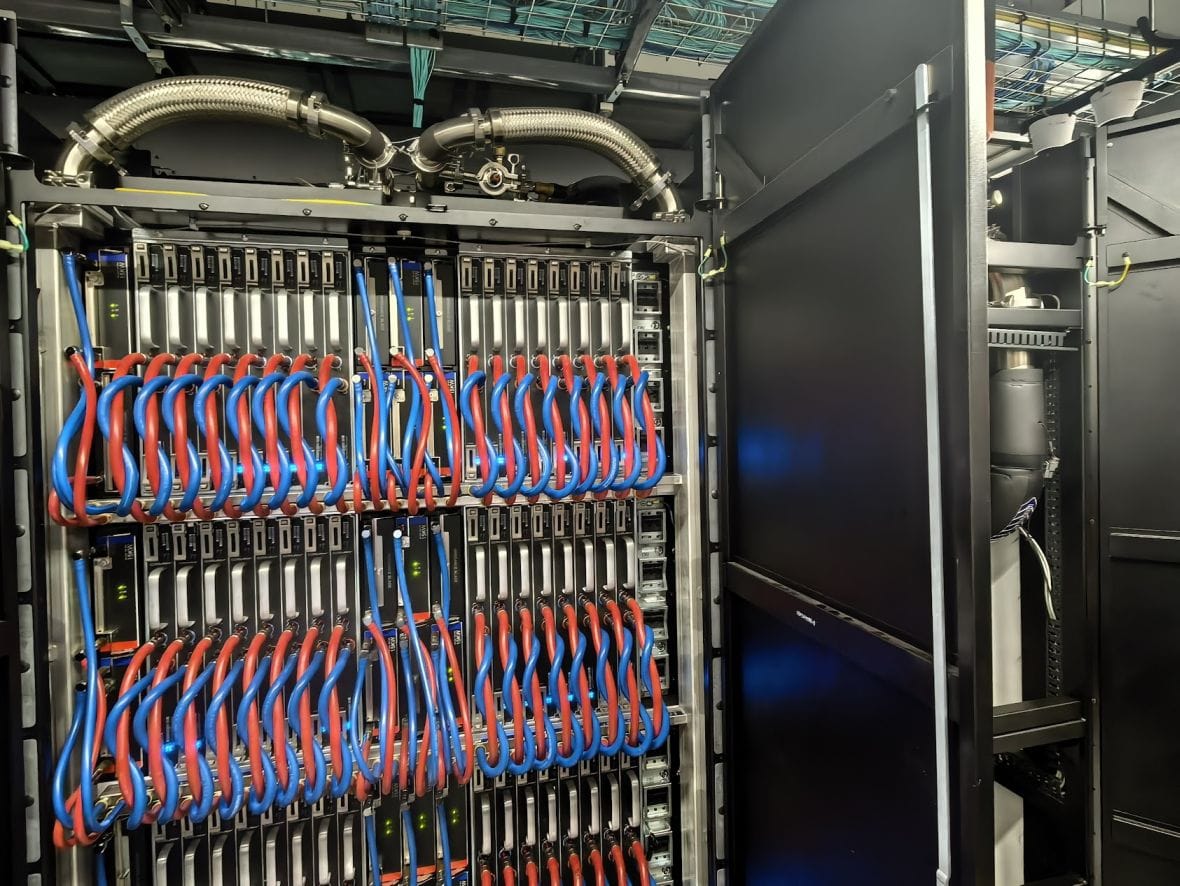

Photo Captions: (Middle) Cray with direct-to-chip cooling. CDU on the right. (Right) Controls for mechanical air ventilator.
Located in an adjacent hall, the older Aspire 2A is an HPE Cray EX with 1,024 CPU cores and 16 nodes. Launched in 2023, it incorporates 352 Nvidia A100 GPUs.
What stood out is how this room follows the recommendations of IMDA's tropical data centre report by running at a much higher temperature of over 33.5°C.
The room has no air conditioning.
The Cray features direct-to-chip liquid cooling and is housed in four racks supported by a pair of CDUs. So much less heat than an air-cooled server, but heat is still generated, nonetheless.
So how is this heat removed? This is where the clever mechanical air ventilator for ambient air cooling comes into play.
At 35.5°C, the exhaust system will exhaust the hot air and bring in fresh air from outside. At 33.5°C, the system will shut down and close the exhaust.
To the future
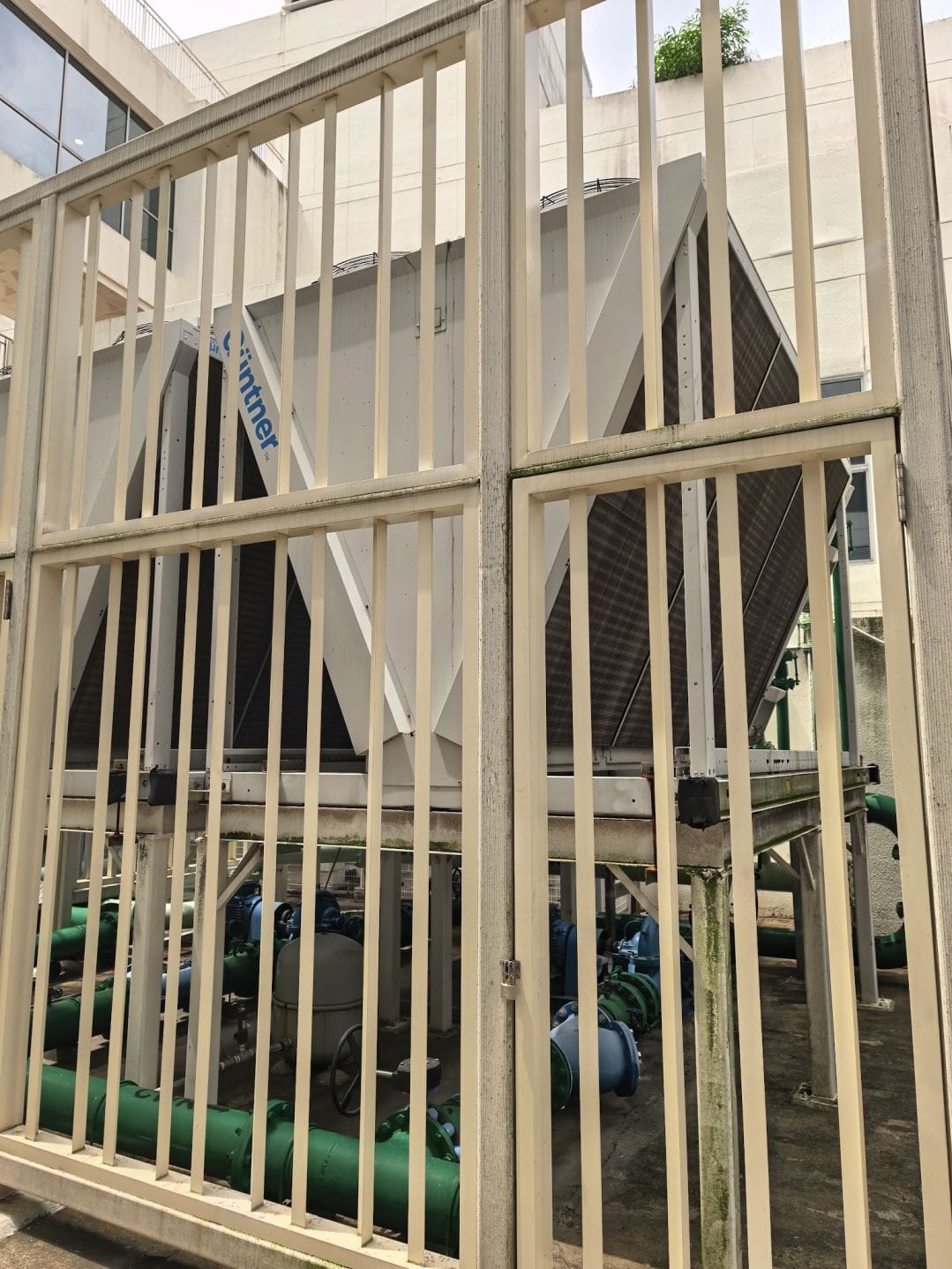
With a PUE of below 1.18, Aspire 2A and Aspire 2A+ support the needs of researchers in Singapore. Two recent projects supported by the NSCC that I recognised are MERaLiON, a multimodal-LLM that detects emotions, and Singapore's third National Climate Change Study (V3).
The current plan is to launch Singapore's next supercomputer in the first half of 2026 with over 100PFLOPS of performance. Of course, this is a traditional measurement for supercomputers. It will be equipped with GPUs, which will be measured in exaflops. The next supercomputer will be located at NTU.
What do you think?




